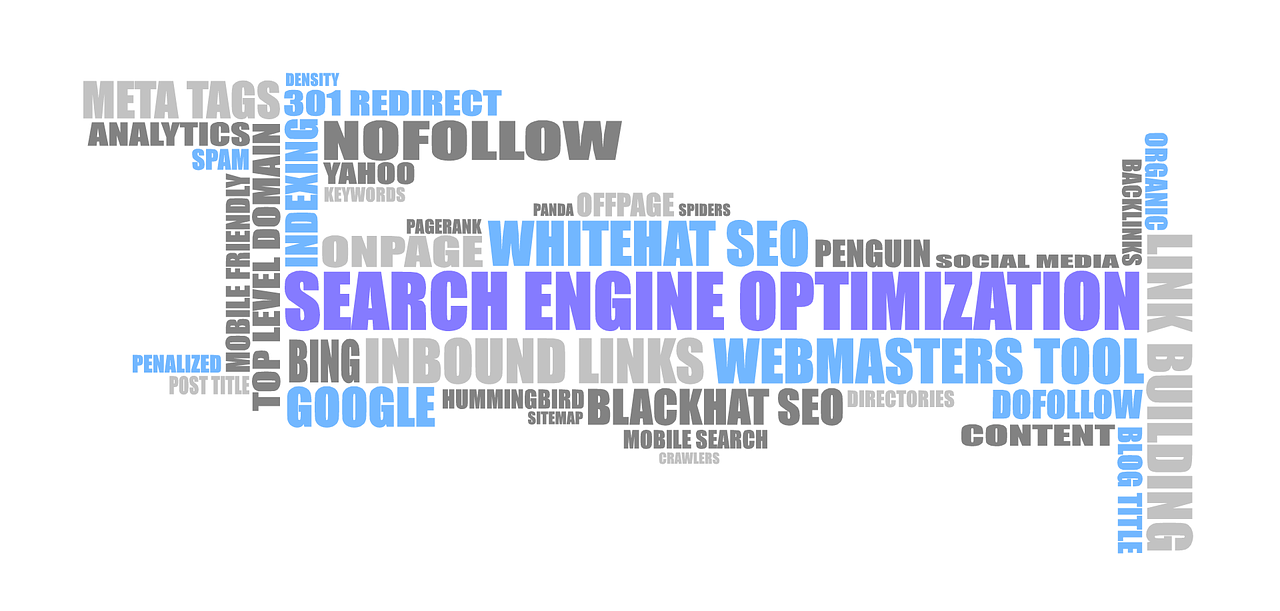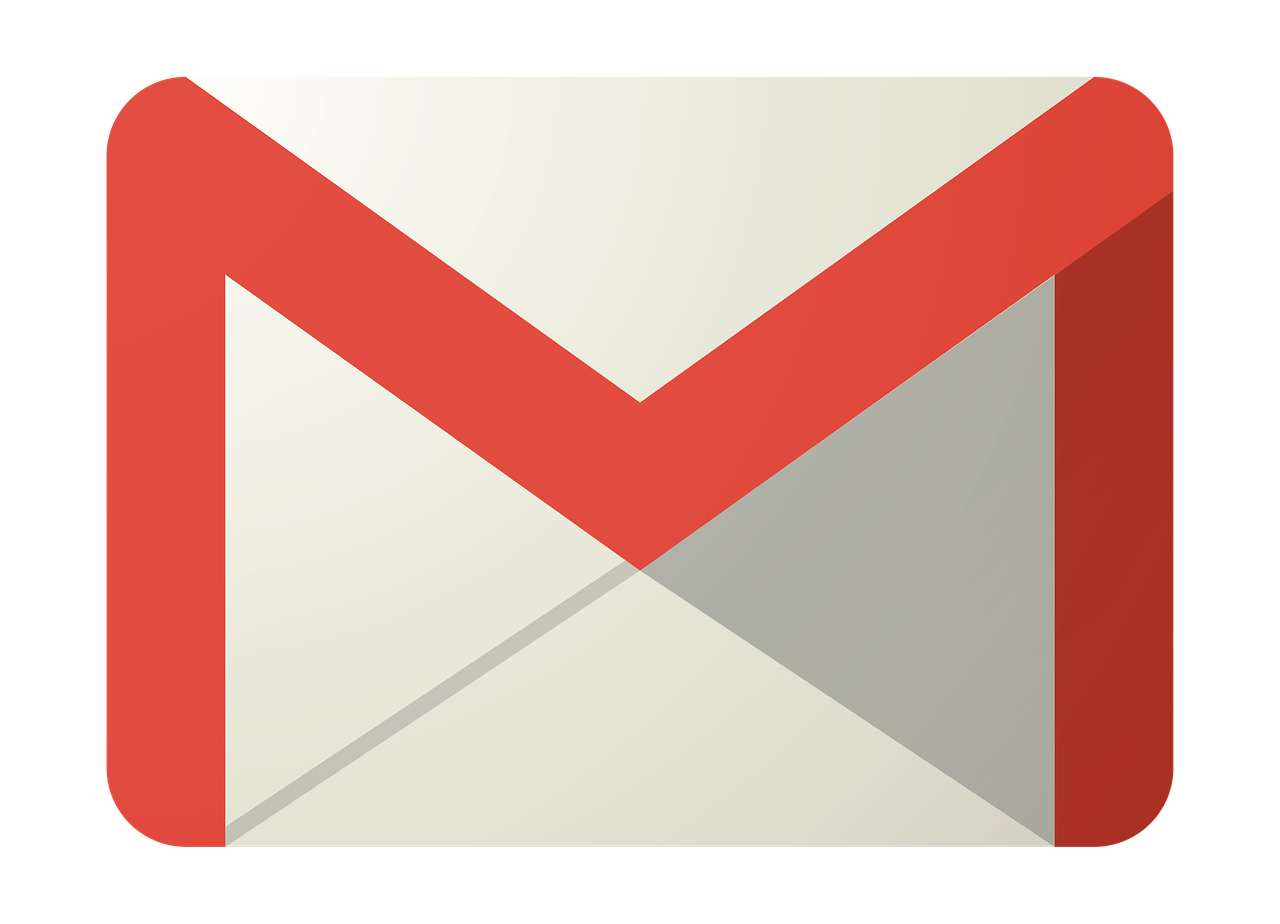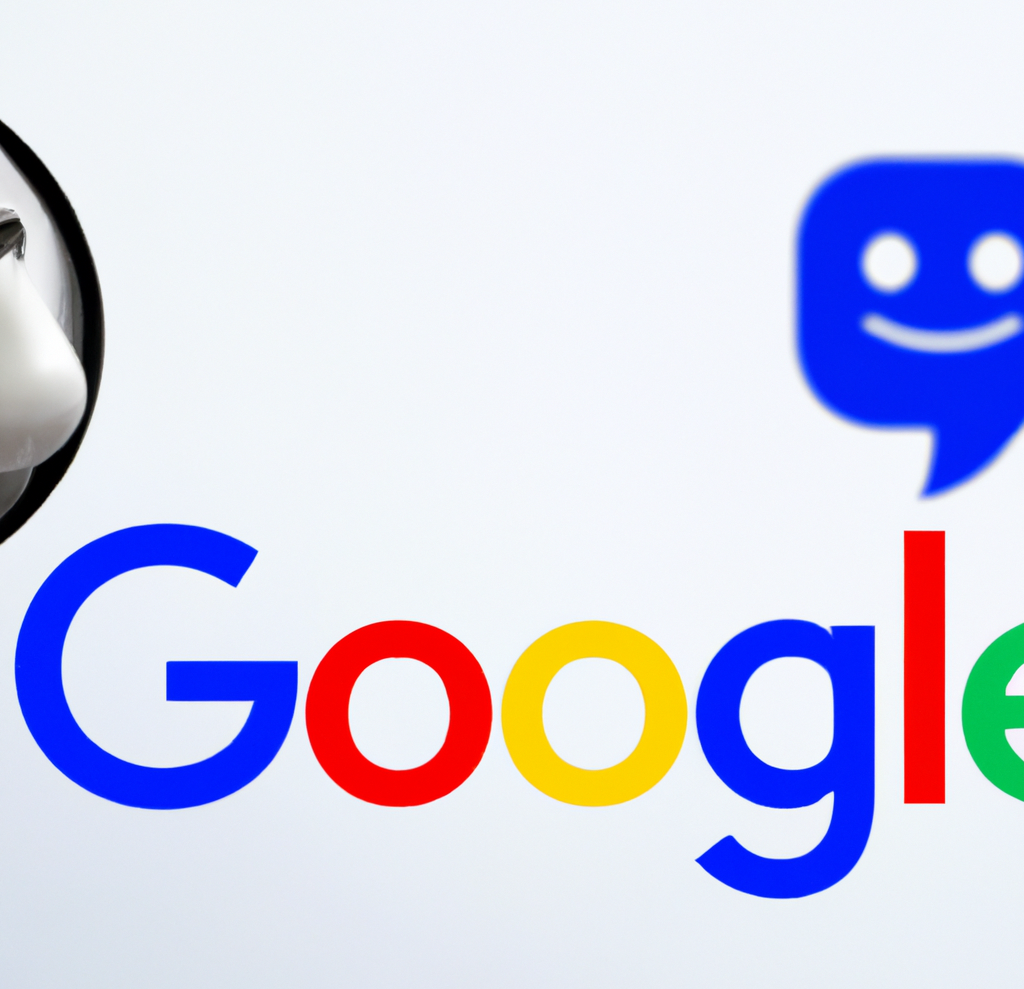Google’s Priority Hints Improves CWV

Google published an article encouraging developers and publishers to use the new (and experimental) “importance” priority hint attribute which can help improve Core Web Vitals and the user experience.
The Chrome browser team shared an example where a background image loaded with the Priority Hint HTML attribute saved 1.9 seconds in download time, just in that one image.
The Problem that Priority Hints Solves
Publishers can speed up the discovery of web page resources using <link rel=preload> and can also direct how and when scripts are downloaded and executed with the use of the “async” and “defer” attributes.
But publishers cannot send a signal to tell the browser which resources are important and which are not.
Google provides these examples of the problems Priority Hints solves:
“Hero images inside the viewport start at a low priority. After the layout is complete, Chrome discovers they are in the viewport and boosts their priority (unfortunately, dev tools only shows the final priority – WebPageTest will show both).
This usually adds a significant delay to loading the image. Providing the priority hint in markup lets the image start at a high priority and start loading much earlier.
The browser assigns CSS and fonts a high priority, but all such resources may not be equally important or required for LCP. You can use priority hints to lower the priority of some of these resources.”
The Importance Attribute Resource Hint
In HTML, the parts that make up a web page are called Elements. That would be the div, headings, paragraph tags, image tags, the link element, etc.
I’m pretty sure everything that’s called an HTML tag is actually an HTML element, that’s an easy way to remember what an element is.
Every element can be modified with what’s called an Attribute. Remember the nofollow attribute? The nofollow attribute modifies the <a> element.
The importance attribute modifies web page elements by giving the web browser a hint about whether a web page element is important, not important or to just let the browser decide.
The importance attribute is called a Priority Hint. The attribute gives the browser a hint that a specified element is important (or not important) and to give it a higher (or lower) priority.
The values that the “importance” attribute can communicate are:
- High
- Low
- Auto
The importance attribute resource hint is applicable to the following elements:
- link
- img
- script
- iframe
How the Resource Hints Improve Core Web Vitals
Browsers automatically compute priority levels for downloading resources.
Current tools like the “preload” attribute help give resource hints to the download of important resources like, for example fonts and images.
Other resource hints are async and defer.
All of those help speed up the download of the total document and make the document viewable and interactive faster.
But the browser still has to decide which one is more important.
According to Web.dev, a preloaded image will download but will still be assigned a low priority by the browser and delayed.
This is the explanation:
“Take a Largest Contentful Paint image, which, when preloaded, will still get a low priority.
If it is pushed back by other early low-priority resources, using Priority Hints can still help how soon the image gets loaded.”
An example of how the importance attribute is helpful is when a web page has an image carousel at the top of the viewport (the part of the browser that the site visitor currently sees).
If the carousel contains five images, all of them can be preloaded. But if the first one is assigned the “high” importance attribute and the others given the “low” attribute, the web page will display faster because the browser will now know to give a high priority to the first image.
Another example given by Google is the featured image at the top of the web page. Browser give the image a low priority and only renders it after the rest of the web page layout is completed.
Google explains:
“Providing the priority hint in markup lets the image start at a high priority and start loading much earlier.
Note that preload is still required for the early discovery of LCP images included as CSS backgrounds and can be combined with priority hints by including the importance=’high’ on the preload, otherwise it will still start with the default “Low” priority for images.”
The same thing happens with scripts that are downloaded as async or defer, they are both assigned a low priority.
By adding a Priority Hint to the important scripts the browser will be able to render the page faster and provide a better user experience.
Faster Loading Will Be Experienced by Site Visitors
The Priority Hints is undergoing what Google calls an Origin Trial. Chrome ran a trial two years ago but it didn’t get much attention.
Chrome is rolling this out in Chrome 96, which is scheduled for release on November 21, 2021. Priority hints is already available on Chrome Canary, which is the testing version of Chrome.
These features can be enabled in current versions of Chrome by typing the following in the address bar:
chrome://flags/
and then scrolling down and enabling the section labeled: Experimental Web Platform features
Screenshot: Experimental Web Platform Features


How to Review Resource Priority Level
Priority levels of resources are available for review in any version of Chrome, in the Dev Tools under the Network tab.
Click the three dots (ellipsis menu) in the top right hand corner, > More tools > Developer tools (then select the Network tab).
From there you load up a web page, right click one of the columns (like Time or Waterfall) and select Priority and you can view the priority levels.
When registered for the Priority Hints trial you can use Chrome Canary to view the updated priority for the resources and also in Chrome version 96 when it rolls out.
When you participate in this trial the priority hints will be shown to your site visitor browsers and any improvements to Core Web Vitals will be reflected from that.
However, it’s important to note that these are priority hints and not a directive.
That means that the browser does not have to strictly follow the priority hints. The browser may choose to ignore the hints and assign and computer its own order.
This can be checked in Chrome Dev Tools under the Network tab as described above.
How to Sign Up for Priority Hints Trial
Publishers need to register with Chrome to participate in the origin trials for priority hints.
The Priority Hints registration form is here:
https://developer.chrome.com/origintrials/#/view_trial/365917469723852801
Priority Hints Origin Trial
This is the second version of this origin trial. The first time it was tested there wasn’t much response. But this time could be different because of Core Web vitals.
The trial is open for registration now and it runs until March 22, 2022. The purpose of the trial is to measure developer interest and to see if it results in meaningful improvements.
Whether the feature continues after that date depends on your feedback. This is a great opportunity to improve the user experience and to be one of the first to use this new feature.
Citations
Read the Announcement of the New Priority Hints Origin Trial
Optimizing resource loading with Priority Hints
Register to Participate in the Origin Trial
Priority Hints Registration Page
Follow the Chrome Priority Hints Progress
Chrome Priority Hints Status Page
Read the Priority Hints Explainer in GitHub
Download Chrome Canary for Developers With Newest Features
AI
Exploring the Evolution of Language Translation: A Comparative Analysis of AI Chatbots and Google Translate

According to an article on PCMag, while Google Translate makes translating sentences into over 100 languages easy, regular users acknowledge that there’s still room for improvement.
In theory, large language models (LLMs) such as ChatGPT are expected to bring about a new era in language translation. These models consume vast amounts of text-based training data and real-time feedback from users worldwide, enabling them to quickly learn to generate coherent, human-like sentences in a wide range of languages.
However, despite the anticipation that ChatGPT would revolutionize translation, previous experiences have shown that such expectations are often inaccurate, posing challenges for translation accuracy. To put these claims to the test, PCMag conducted a blind test, asking fluent speakers of eight non-English languages to evaluate the translation results from various AI services.
The test compared ChatGPT (both the free and paid versions) to Google Translate, as well as to other competing chatbots such as Microsoft Copilot and Google Gemini. The evaluation involved comparing the translation quality for two test paragraphs across different languages, including Polish, French, Korean, Spanish, Arabic, Tagalog, and Amharic.
In the first test conducted in June 2023, participants consistently favored AI chatbots over Google Translate. ChatGPT, Google Bard (now Gemini), and Microsoft Bing outperformed Google Translate, with ChatGPT receiving the highest praise. ChatGPT demonstrated superior performance in converting colloquialisms, while Google Translate often provided literal translations that lacked cultural nuance.
For instance, ChatGPT accurately translated colloquial expressions like “blow off steam,” whereas Google Translate produced more literal translations that failed to resonate across cultures. Participants appreciated ChatGPT’s ability to maintain consistent levels of formality and its consideration of gender options in translations.
The success of AI chatbots like ChatGPT can be attributed to reinforcement learning with human feedback (RLHF), which allows these models to learn from human preferences and produce culturally appropriate translations, particularly for non-native speakers. However, it’s essential to note that while AI chatbots outperformed Google Translate, they still had limitations and occasional inaccuracies.
In a subsequent test, PCMag evaluated different versions of ChatGPT, including the free and paid versions, as well as language-specific AI agents from OpenAI’s GPTStore. The paid version of ChatGPT, known as ChatGPT Plus, consistently delivered the best translations across various languages. However, Google Translate also showed improvement, performing surprisingly well compared to previous tests.
Overall, while ChatGPT Plus emerged as the preferred choice for translation, Google Translate demonstrated notable improvement, challenging the notion that AI chatbots are always superior to traditional translation tools.
Source: https://www.pcmag.com/articles/google-translate-vs-chatgpt-which-is-the-best-language-translator
Google Implements Stricter Guidelines for Mass Email Senders to Gmail Users

Beginning in April, Gmail senders bombarding users with unwanted mass emails will encounter a surge in message rejections unless they comply with the freshly minted Gmail email sender protocols, Google cautions.
Fresh Guidelines for Dispatching Mass Emails to Gmail Inboxes In an elucidative piece featured on Forbes, it was highlighted that novel regulations are being ushered in to shield Gmail users from the deluge of unsolicited mass emails. Initially, there were reports surfacing about certain marketers receiving error notifications pertaining to messages dispatched to Gmail accounts. Nonetheless, a Google representative clarified that these specific errors, denoted as 550-5.7.56, weren’t novel but rather stemmed from existing authentication prerequisites.
Moreover, Google has verified that commencing from April, they will initiate “the rejection of a portion of non-compliant email traffic, progressively escalating the rejection rate over time.” Google elaborates that, for instance, if 75% of the traffic adheres to the new email sender authentication criteria, then a portion of the remaining non-conforming 25% will face rejection. The exact proportion remains undisclosed. Google does assert that the implementation of the new regulations will be executed in a “step-by-step fashion.”
This cautious and methodical strategy seems to have already kicked off, with transient errors affecting a “fraction of their non-compliant email traffic” coming into play this month. Additionally, Google stipulates that bulk senders will be granted until June 1 to integrate “one-click unsubscribe” in all commercial or promotional correspondence.
Exclusively Personal Gmail Accounts Subject to Rejection These alterations exclusively affect bulk emails dispatched to personal Gmail accounts. Entities sending out mass emails, specifically those transmitting a minimum of 5,000 messages daily to Gmail accounts, will be mandated to authenticate outgoing emails and “refrain from dispatching unsolicited emails.” The 5,000 message threshold is tabulated based on emails transmitted from the same principal domain, irrespective of the employment of subdomains. Once the threshold is met, the domain is categorized as a permanent bulk sender.
These guidelines do not extend to communications directed at Google Workspace accounts, although all senders, including those utilizing Google Workspace, are required to adhere to the updated criteria.
Augmented Security and Enhanced Oversight for Gmail Users A Google spokesperson emphasized that these requisites are being rolled out to “fortify sender-side security and augment user control over inbox contents even further.” For the recipient, this translates to heightened trust in the authenticity of the email sender, thus mitigating the risk of falling prey to phishing attempts, a tactic frequently exploited by malevolent entities capitalizing on authentication vulnerabilities. “If anything,” the spokesperson concludes, “meeting these stipulations should facilitate senders in reaching their intended recipients more efficiently, with reduced risks of spoofing and hijacking by malicious actors.”
Google’s Next-Gen AI Chatbot, Gemini, Faces Delays: What to Expect When It Finally Launches

In an unexpected turn of events, Google has chosen to postpone the much-anticipated debut of its revolutionary generative AI model, Gemini. Initially poised to make waves this week, the unveiling has now been rescheduled for early next year, specifically in January.
Gemini is set to redefine the landscape of conversational AI, representing Google’s most potent endeavor in this domain to date. Positioned as a multimodal AI chatbot, Gemini boasts the capability to process diverse data types. This includes a unique proficiency in comprehending and generating text, images, and various content formats, even going so far as to create an entire website based on a combination of sketches and written descriptions.
Originally, Google had planned an elaborate series of launch events spanning California, New York, and Washington. Regrettably, these events have been canceled due to concerns about Gemini’s responsiveness to non-English prompts. According to anonymous sources cited by The Information, Google’s Chief Executive, Sundar Pichai, personally decided to postpone the launch, acknowledging the importance of global support as a key feature of Gemini’s capabilities.
Gemini is expected to surpass the renowned ChatGPT, powered by OpenAI’s GPT-4 model, and preliminary private tests have shown promising results. Fueled by significantly enhanced computing power, Gemini has outperformed GPT-4, particularly in FLOPS (Floating Point Operations Per Second), owing to its access to a multitude of high-end AI accelerators through the Google Cloud platform.
SemiAnalysis, a research firm affiliated with Substack Inc., expressed in an August blog post that Gemini appears poised to “blow OpenAI’s model out of the water.” The extensive compute power at Google’s disposal has evidently contributed to Gemini’s superior performance.
Google’s Vice President and Manager of Bard and Google Assistant, Sissie Hsiao, offered insights into Gemini’s capabilities, citing examples like generating novel images in response to specific requests, such as illustrating the steps to ice a three-layer cake.
While Google’s current generative AI offering, Bard, has showcased noteworthy accomplishments, it has struggled to achieve the same level of consumer awareness as ChatGPT. Gemini, with its unparalleled capabilities, is expected to be a game-changer, demonstrating impressive multimodal functionalities never seen before.
During the initial announcement at Google’s I/O developer conference in May, the company emphasized Gemini’s multimodal prowess and its developer-friendly nature. An application programming interface (API) is under development, allowing developers to seamlessly integrate Gemini into third-party applications.
As the world awaits the delayed unveiling of Gemini, the stakes are high, with Google aiming to revolutionize the AI landscape and solidify its position as a leader in generative artificial intelligence. The postponed launch only adds to the anticipation surrounding Gemini’s eventual debut in the coming year.
-

 MARKETING7 days ago
MARKETING7 days agoRoundel Media Studio: What to Expect From Target’s New Self-Service Platform
-

 SEO6 days ago
SEO6 days agoGoogle Limits News Links In California Over Proposed ‘Link Tax’ Law
-

 SEARCHENGINES5 days ago
SEARCHENGINES5 days agoGoogle Core Update Volatility, Helpful Content Update Gone, Dangerous Google Search Results & Google Ads Confusion
-
SEARCHENGINES7 days ago
Daily Search Forum Recap: April 12, 2024
-

 SEO5 days ago
SEO5 days ago10 Paid Search & PPC Planning Best Practices
-

 MARKETING6 days ago
MARKETING6 days ago2 Ways to Take Back the Power in Your Business: Part 2
-

 SEARCHENGINES4 days ago
SEARCHENGINES4 days agoWeekend Google Core Ranking Volatility
-

 MARKETING4 days ago
MARKETING4 days ago5 Psychological Tactics to Write Better Emails















You must be logged in to post a comment Login